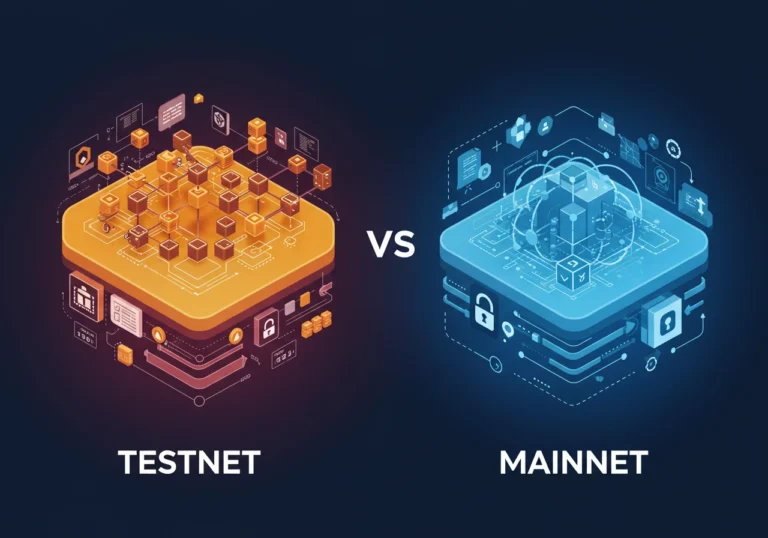Binance Teams Up with BBVA for Custodial Crypto Accounts—Bridging Traditional Finance and Web3
Something quietly big happened in crypto today, and it flew under the mainstream radar.
Binance announced a strategic partnership with BBVA, one of Spain’s largest banks, to roll out integrated custodial crypto accounts. In simple terms: your Binance wallet could soon look and feel like a bank account—complete with the trust, infrastructure, and peace of mind we associate with traditional financial systems.
That might not sound explosive, but it’s actually huge. Bridging self-custody chaos and central exchange comfort? That’s a wider transformation than most headlines are giving credit for.
What’s Happening and Why It Matters
- Security by default: BBVA’s institutional-grade storage and oversight bring credibility—something even seasoned traders tend to respect.
- Crypto meets banking infrastructure: Expect things like KYC-level access, regulated accounts, faster settlement, and potentially insurance backing.
- A trust signal to institutions: This partnership may pave the way for enterprise-level crypto integrations that demand the same protections as equities or bonds.
For users, that could mean fewer sign-ups and fewer private seed keystores. Custody isn’t just code—it’s credibility.
Deeper Ripples in the Market
| Area | What to Watch |
|---|---|
| Retail and institutional access | Easier, safer access may encourage cautious investors |
| Custody evolution | Bank-level security competing with hardware wallets |
| Integration with banking rails | Crypto opens to fiat infrastructure and vice versa |
| Regulatory signaling | Bank involvement suggests crypto is maturing—watch for more actions |
Why the Conversation Needs to Be Smarter
Yes, this is a win for onboarding. But real users know: convenience isn’t the same as security. A regulated bank custodial account still demands vigilance.
- Don’t confuse “bank partner” with hands-off safety. You still need to know the flow of your keys, and how withdrawals are handled.
- Custody risks morph—not vanish. If the infrastructure is centralized, it’s easier to audit—but also more vulnerable to institutional failures or regulatory pressure.
- Understand the differences. Exchanges holding your funds is one thing. Custodial multi-layered banking custody under regulation might offer new benefits—but it still requires awareness.
Final Takeaways & What To Do
This partnership isn’t hype—it’s a step toward normalization of digital assets. For readers navigating storage choices, here’s what to keep top of mind:
- Ask questions: How are my keys stored? Are funds insured, segregated, audited?
- Don’t abandon self-custody mindset: Even under banking frameworks, control may feel simpler—but mistakes still cost money.
- Stay vigilant with new integrations: Synchronized wallets and bank rails simplify access—but demand new forms of user attention.
- Compare with alternatives: Decide what matters more—speed, integration, control, transparency—or a hybrid that gives you flexibility.
Bottom line: The Binance-BBVA alliance signals crypto moving deeper into mainstream institutions. That’s good—and it’s smart for safe growth. But as always, trust is earned transaction by transaction, not given by agreement.

Hello, I’m Edmilson Dias, founder of CoinBringer. I created this platform to guide people through the fast-moving world of cryptocurrency with clarity and safety. With years of research in blockchain and digital security, my goal is to translate complex topics into practical knowledge, offering reliable tutorials, safety insights, and guidance for both newcomers and experienced users.
Discover more from CoinBringer
Subscribe to get the latest posts sent to your email.







